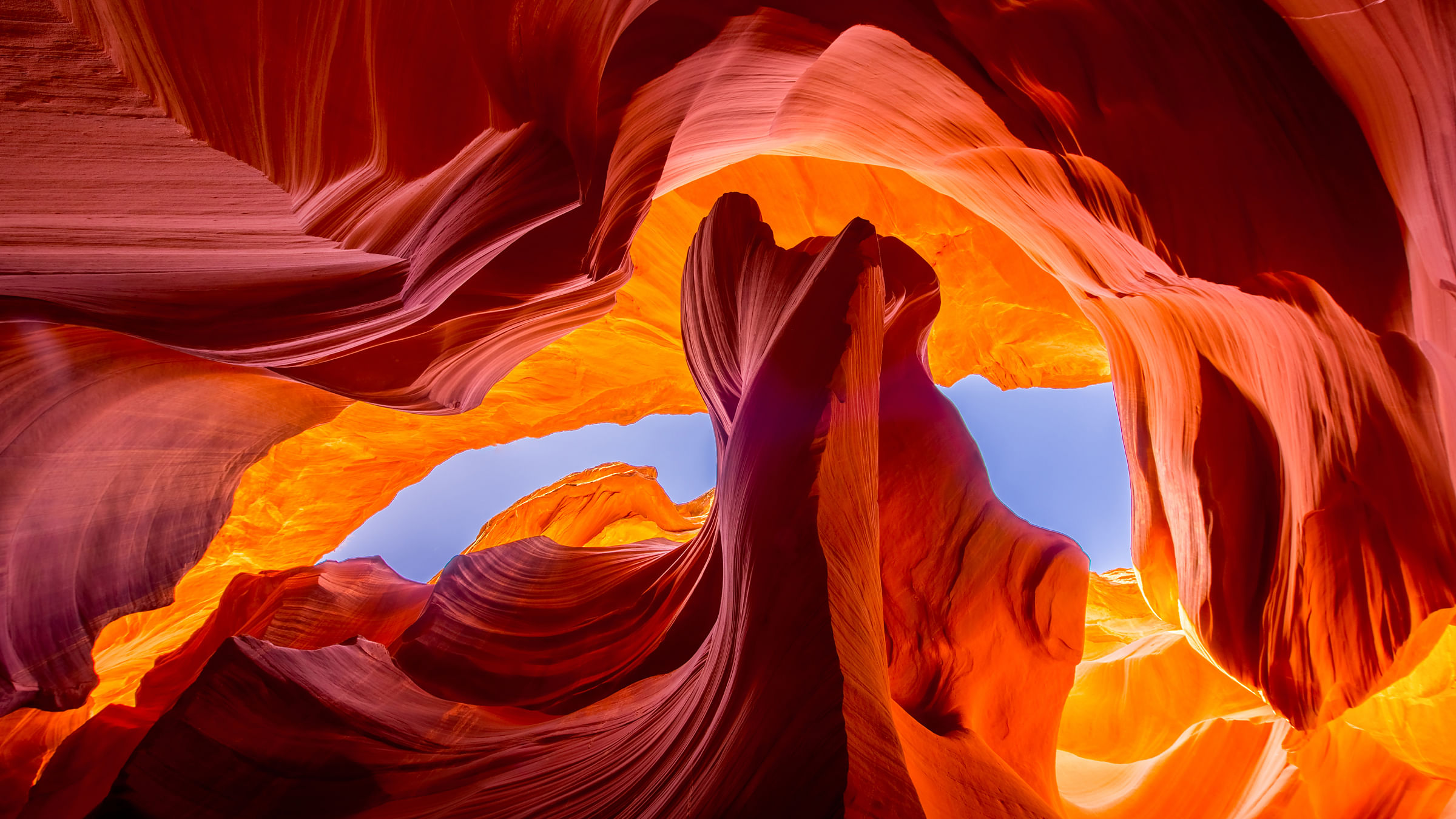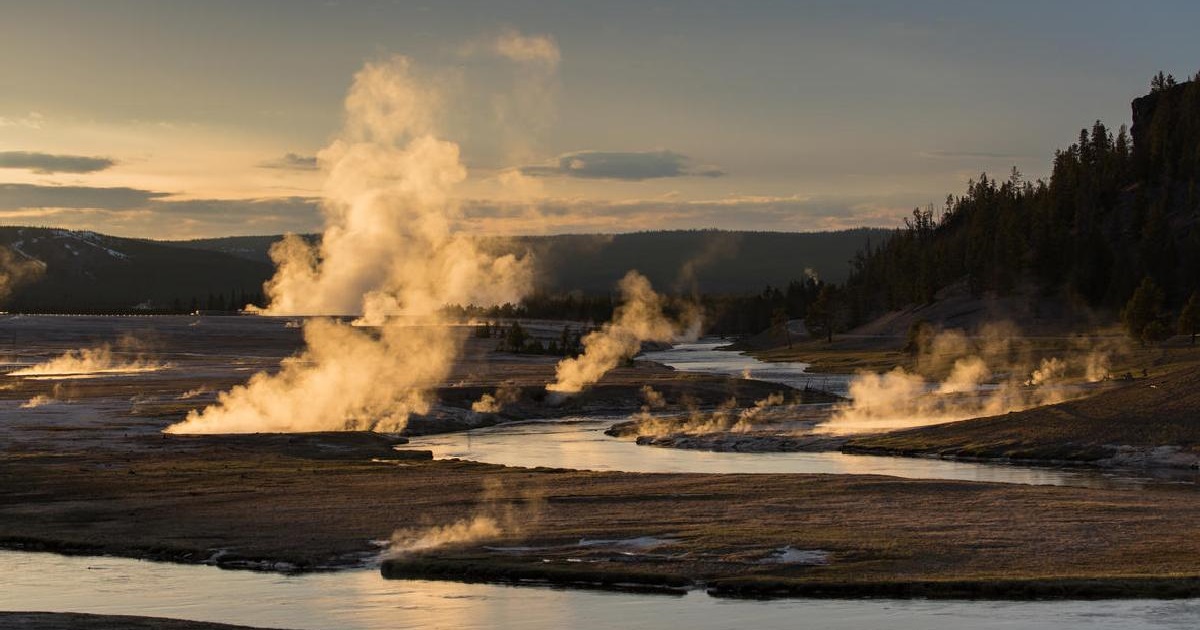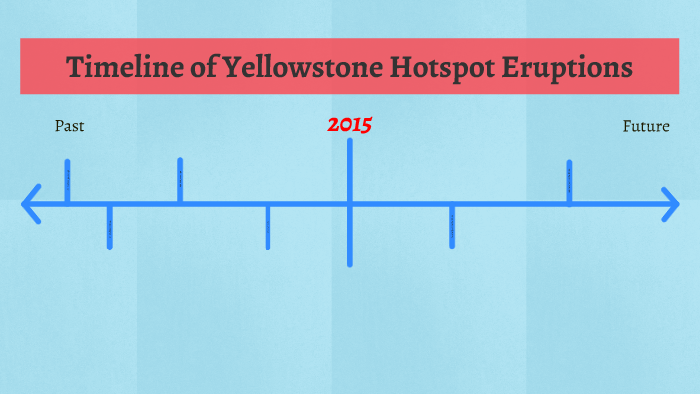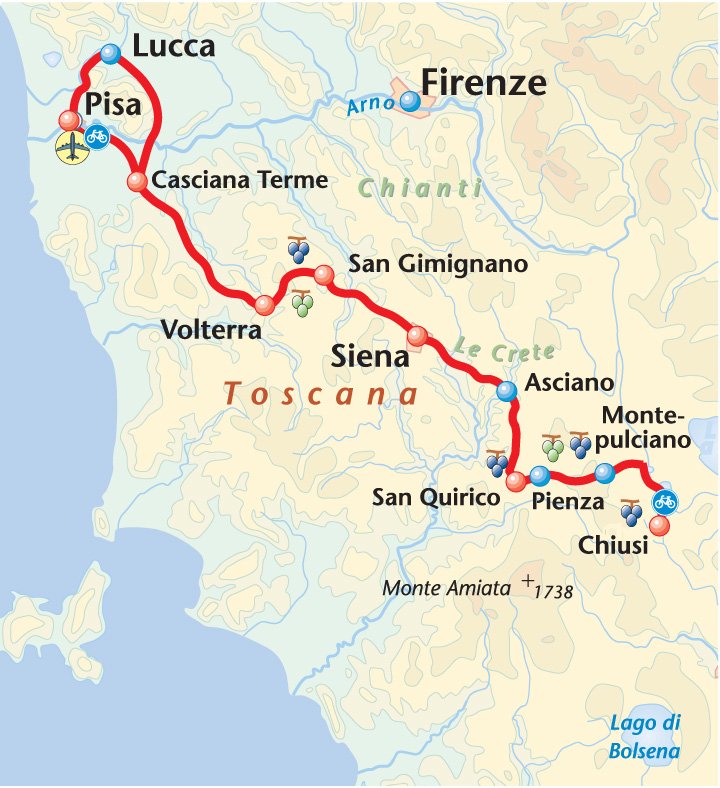The Erosion History of Antelope Canyon Formation

Introduction to Antelope Canyon
Antelope Canyon, a breathtaking slot canyon in Arizona, has fascinated millions with its surreal beauty. The canyon's mesmerizing architecture, carved by centuries of relentless erosion, is a testament to nature's unparalleled artistic prowess. As we delve into the heart of this natural wonder, it's hard not to wonder about the forces that shaped it.
The Birth of a Masterpiece: Geological History
But have you ever wondered how this natural wonder was formed? The story of Antelope Canyon's creation began over 180 million years ago, during the Jurassic period. The area was once a vast, sandy desert, with towering sand dunes that stretched as far as the eye could see. Over time, these sand dunes compacted and cemented together, forming the Navajo Sandstone that makes up the canyon's walls today.
The Sculptor of Time: Erosion and Weathering
Fast-forward to the present day, and the forces of erosion and weathering have transformed this sandstone into the breathtaking landscape we see today. Water, in particular, has played a pivotal role in shaping Antelope Canyon. Flash floods, which occur frequently in the area, have scoured the rock, creating deep channels and smooth, flowing curves. The canyon's iconic 'flowing rock' formations are a direct result of this process.
Other geological processes, such as wind and ice erosion, have also contributed to the canyon's unique architecture. The relentless wind has worn away the rock's surface, creating intricate patterns and textures, while ice formation has helped to break down the stone, allowing water to penetrate and erode it further.
A Symphony of Shape and Color
As the erosion process continues to shape Antelope Canyon, the interplay of light, shadow, and rock creates an ever-changing tapestry of shape and color. The canyon's walls, adorned with vibrant hues of orange, red, and purple, seem to shift and morph as the sun moves across the sky. This kaleidoscope of color is a direct result of the varying mineral compositions within the rock, which react differently to the forces of erosion.
In Antelope Canyon, we find a testament to nature's boundless creativity and the awe-inspiring power of geological forces. As we explore this natural wonder, we are reminded of the intricate, interconnected processes that shape our planet – and the breathtaking beauty that can emerge from them.
The Power of Erosion
Unveiling the Forces that Shaped Antelope Canyon
Antelope Canyon, a natural wonder located in Arizona, USA, is a testament to the incredible power of erosion. The canyon's unique rock formations and stunning beauty are the result of millions of years of erosion, primarily caused by flash flooding and other sub-aerial processes.
The Role of Rainwater in Shaping the Canyon
Rainwater, particularly during the monsoon season, plays a crucial role in the erosion process. As it flows into the extensive basin above the slot canyon sections, it gains speed and picks up sand and debris. This powerful mixture then rushes into the narrow passageways, carving out the rock and creating the breathtaking formations we see today.
A Legacy of Time and Persistence
Over time, the constant flow of water and sand has relentlessly shaped the Navajo Sandstone, gradually exposing the layers of rock and creating the distinctive patterns and shapes that characterize Antelope Canyon. This remarkable process has been unfolding for millions of years, a testament to the patient and persistent power of erosion.
Geological History
Birth of a Masterpiece
The formation of Antelope Canyon began with the deposition of sand, silt, and gravel in a vast desert region. These deposits, carried by wind and water, accumulated over millions of years, layer upon layer, to form a vast expanse of sediment.
Compaction and Transformation
Over time, these deposits were buried and compacted, subjected to intense heat and pressure, eventually forming the Navajo Sandstone that makes up the canyon walls. This process, spanning hundreds of millions of years, transformed the soft sediment into a resilient and durable rock.
Sculpting the Canyon
The erosion process has been shaped by the unique combination of geology, climate, and hydrology in the region. Water, wind, and time etched away the rock, crafting the intricate patterns, swirling shapes, and majestic arches that define Antelope Canyon's breathtaking landscape.
A Sacred Site
Antelope Canyon is not just a natural wonder, but also a sacred site for the Navajo people, who call it 'The place where water runs through rocks'. This stunning canyon has been an integral part of Navajo culture and spirituality for centuries, holding deep religious significance and cultural importance.
Navajo Significance
The Navajo people have a profound connection with Antelope Canyon, considering it a sacred site where the physical and spiritual worlds converge. They believe that the canyon holds ancient spirits and energies, which are honored through rituals and ceremonies.
Cultural Importance
For generations, Antelope Canyon has played a vital role in Navajo cultural practices and traditions. It has been a place of worship, spiritual growth, and cultural learning, where elders share stories and pass down ancestral knowledge to younger generations.
Conclusion
Antelope Canyon's formation is a testament to the incredible power of erosion and the beauty of geological processes. The relentless forces of water and wind have sculpted this breathtaking landscape over millions of years, revealing the hidden wonders of the Navajo Sandstone. As we marvel at this natural wonder, let us also respect and honor the rich cultural heritage of the Navajo people who call it home.
Preserving the Legacy
As we conclude our journey through Antelope Canyon's erosion history, we are reminded of the importance of preserving this natural treasure for future generations. The Navajo Nation has taken significant steps to protect and conserve the canyon, and it is our responsibility as visitors to respect and support these efforts.
A Lasting Impression
Antelope Canyon's majestic beauty and fascinating geological history leave an indelible mark on our hearts and minds. As we depart this enchanting place, we carry with us a deeper appreciation for the natural world and the people who have cherished it for centuries. May this experience inspire us to cherish and protect our planet's precious wonders.















Comments ()